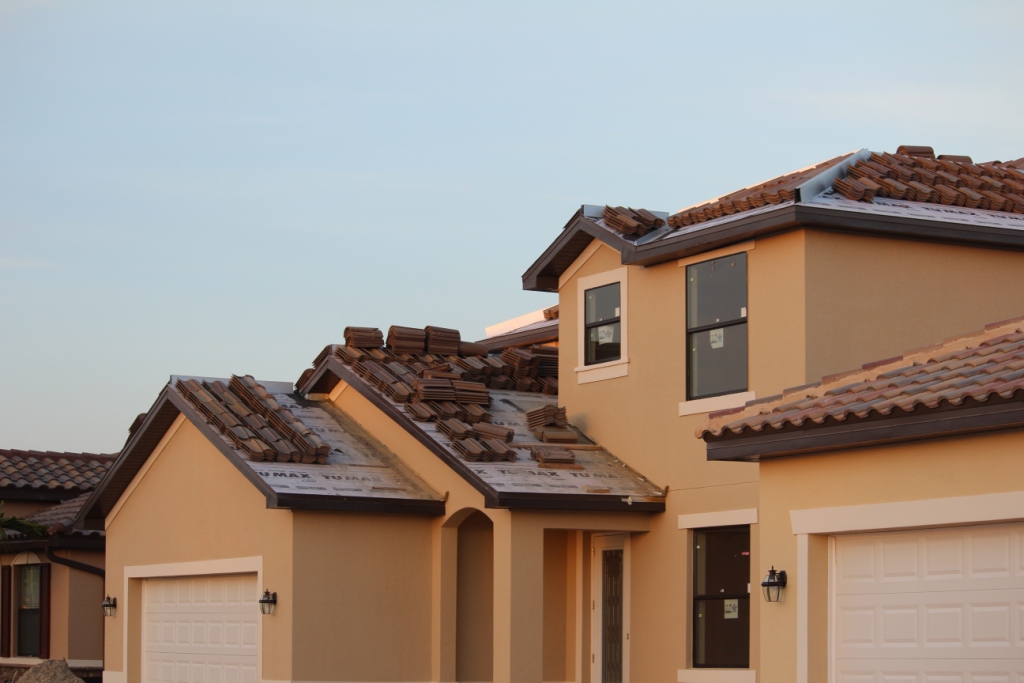Building a New Home vs. Energy Retrofits to Existing Home
0 Comments | Posted by armchairbuilder in Build Your Own Home, Owner-Builder
One of the huge benefits of building a new home is that you can incorporate all of the latest technologies to improve energy efficiency. Your new house will conform to the latest building and energy codes to save you money on utilities and improve your family’s comfort. But can’t you just make changes to your existing home to get significant energy savings? Here we will share with you the building envelope improvements that are typically required to achieve a 75 percent energy savings on an older home (>35 years old).
Upgrading the Building Envelope
One of the best ways to significantly improve the energy efficiency of an existing home is to update the building envelope. This includes the windows, attic, above grade walls, basement walls, and basement floor. Some of these upgrades are more expensive to perform than others.
Low Cost Upgrades
An accessible attic can be a low cost means to improving an existing home’s energy efficiency. By sealing up all openings at the drywall below, we can slow down air leaks. We can also add insulation on top of the existing material to reduce heat loss. Tips: Don’t block air flow from eaves and don’t double up on vapor barriers that will trap moisture.
An unfinished basement can also be a great place for low cost energy retrofits. Insulating the walls and upgrading insulation at the rim joist (rim joist = perimeter floor framing above basement wall) can significantly improve efficiency. Likewise, adding extruded polystyrene insulation over the slab before installing flooring can reduce heat loss through the floor and will improve overall comfort.
These are the low cost energy retrofits for existing homes that will provide maximum return. Unfortunately, we won’t get anywhere close to a 75 percent savings on energy bills if we stop here, so let’s take a look at the other upgrades required.
Expensive Energy Retrofits
So in order to kick energy savings into high gear, you will need to upgrade the first and second floor walls. This can be accomplished from either the interior or the exterior. If you have stone or brick exterior cladding, you will most likely go with an interior retrofit as removal will be cost prohibitive. However, if you have siding that could use updating, you might choose to replace it and upgrade the exterior wall at the same time. By adding insulation board to the outside wall, you can improve the R-value of the wall and reduce thermal bridging. It might also be a good time to add a housewrap to reduce air leakage.
If energy retrofits to walls must take place from the inside, the cost and hassle will go up. Here are some options for improving the efficiency of the first and second floor walls from the interior…
- Blow Insulation into wall cavities (only go this route if there is no or low amounts of insulation currently present…if the wall cavity is already filled, this won’t do much good)
- Install insulated sheathing on interior wall, apply wood furring, and install new drywall
- Frame a second wall inside the exterior wall, insulate and drywall
These upgrades will require major work including…adjusting electrical outlets and switches, ductwork extensions to match the new wall plane, new window, floor and door trim,…etc.
Another upgrade that must be done to achieve a 75% energy savings on an older home is to replace the windows. There have been some major improvements in the energy efficiency of windows over the past twenty years so this will make a big difference in both comfort and energy efficiency.
Building a New Home
If these upgrades sound too intimidating, you may want to consider building a new home. The entire home can be designed to maximize energy efficiency and comfort without the cost, mess and hassles of retrofits. With a new home, you can have the latest in energy efficient technologies at cost. Be sure to stop by our e-Store to find out what resources are available to help you save thousands on your new custom built home. For more information about how to improve the energy efficiency of your older home by 75%, check out Energy-Efficient Building Envelope Retrofits from Canada Mortgage and Housing Corporation. Here are some other articles for improving energy efficiency of your home…
How to Save Energy Heating Your Home: Here are some relatively low cost ideas for improving your existing home’s energy efficiency
Raised Heel Truss: This building component can help you keep attic insulation depths consistent to save energy
Draft Stop Installation: Do you have cold drafts coming out of your outlets or switch plates? Here is how to stop it…
Energy Saving Ideas for Your Home: This is a great compilation of ideas for improving the efficiency of any home.
How to Seal Up Your New Home Properly: Not sure what we mean when we say seal up your new home? Here are the exact locations we are talking about…


